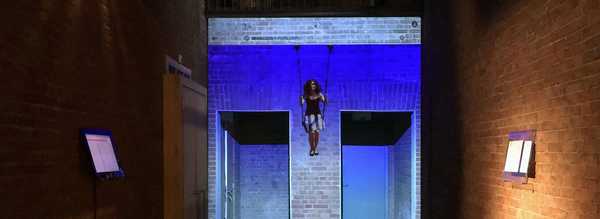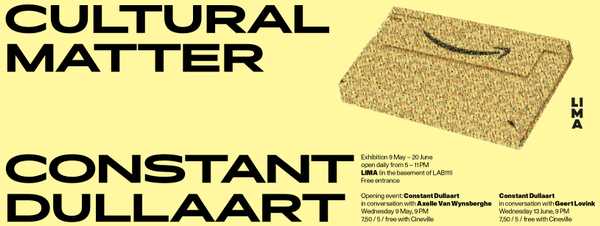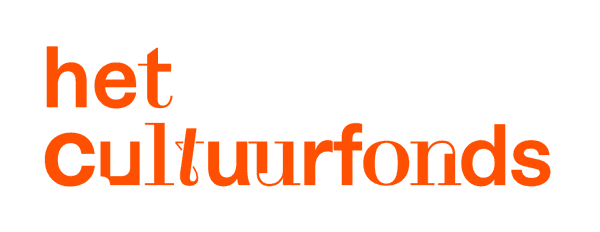
Cultural Matter: Five Questions & Answers
Digital Art in a Material Context.
Between 2017 and 2021 LI-MA presented the new public programme Cultural Matter as a platform for discussing and exhibiting works by leading artists in digital art.
The artworks formed the starting point for each exhibition and additional public programme in which national and international experts analysed the works in an art historical and material context.
At the end of the first series, taking place in 2017 and 2018, curators Sanneke Huisman (LIMA) and Jan Robert Leegte answered five questions about Cultural Matter.
1. How did this unique LI-MA programme come to be? The works that already have been exhibited and discussed by UBERMORGEN, Olia Lialina, Nicholas O’Brien and Harm van den Dorpel are very different from each other. How did you come to the selection of these artists and these specific artworks?
Sanneke Huisman (SH): Jan Robert and I made a longlist, since there were so many artists and project we wanted to highlight! We then made our selection based on diversity; we wanted to showcase as many techniques, themes and approaches as possible. The current series consists of a net-based installation, an online gif, a game, a social network, a social media performance and a webcam performance. We do have a lot more for the next series, which we are currently working on.
Jan Robert Leegte (JRL): The starting point of the series was to select works that operate in the field of digital art, and as with all successive introductions of new technologies in the arts they challenge our idea of an artwork. Works that fundamentally integrate aspects of digital technology in their narrative and material execution were selected. And together we tried to cover as many different material expressive forms as possible. Also we wanted to look at projects that are clear in a digital context, but are complex to translate to a physical space. UBERMORGEN being the odd one out, as this project addresses a typical digital phenomenon, but the output of the work is hybrid and mostly installations and video. But the project itself is a performative narrative that also is hard to catch in a physical setting. Nicholas O'Brien uses a game engine to produce an art game, Harm van den Dorpel created a social media platform as art work, Constant Dullaart performed a social media intervention and Olia Lialina creates a cross-domain animation.
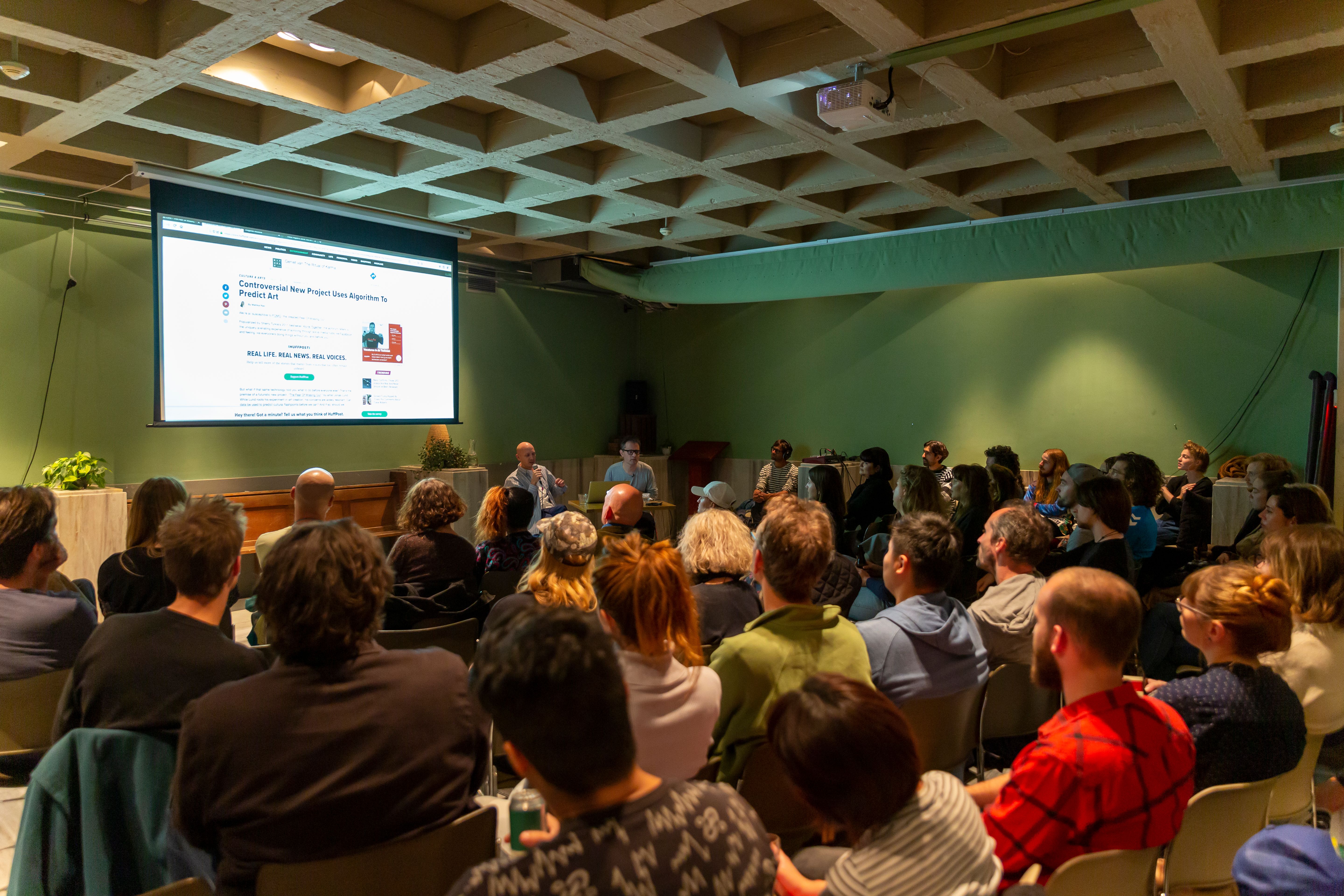
2. The public programme is divided in two evening programs: Cultural and Material, in which the two aforementioned positions - the cultural significance and the material realization of the artwork - are elaborated on. Why did you choose to set a dividing line between the two?
SH: We really wanted to put emphasis on the cultural and material implications of the work. We also agreed from the start that we wanted more than an exhibition of the work. The work is the case study, its presentation in the space and the two evening programmes can be seen as possible outcomes. We divided the programmes in Cultural and Material to give a specific task to the invited guest speakers and curators we work with. For every edition of the Cultural Matter series we ask extern experts in the field of fine art, digital art, preservation and theory, to reflect upon the work from one of these two starting points. Interestingly enough, they seem undividable! In all talks it became clear that the material aspects are important in the cultural reading of the work, and vice versa.
JL: They are two central topics that have our interest, but the dividing line is blurry. Some speakers cover both aspects, some choose to be more at one of the positions mentioned. The aim of the programme is to address these two aspects. For a long time the field of Media art chose to distance itself from an art historical narrative. We find it important to contextualise the work in art historical discourses. It helps understanding the work, and place it in a clear field of critique. The material side has an ongoing relevance, as the implications on artist practice, interaction with an audience, collectability, archivability, etc are changing the game, and need a platform to discuss them.
3. The material aspects of digital art are often looked upon in a time where the internet is omnipresent and digital resources are everywhere. How important is it to approach digital art as an object where the material realization of the work is a crucial moment in the creation of the artwork?
SH: Very important, since digital art is part of the visual arts and therefore something to look at – to physically be confronted with. We also want to stretch the idea of materiality. The digital, the internet – it is all material in the sense that is a very important part of our everyday life reality. Even if these so-called digital artworks consists of data, of zero’s and one’s, of bytes: the need a translation into space; into a physical presentation. Together with the artist, we find forms to do so. The fact that the form of a digital artwork can change continuously makes it very interesting - and does not affect its material qualities.
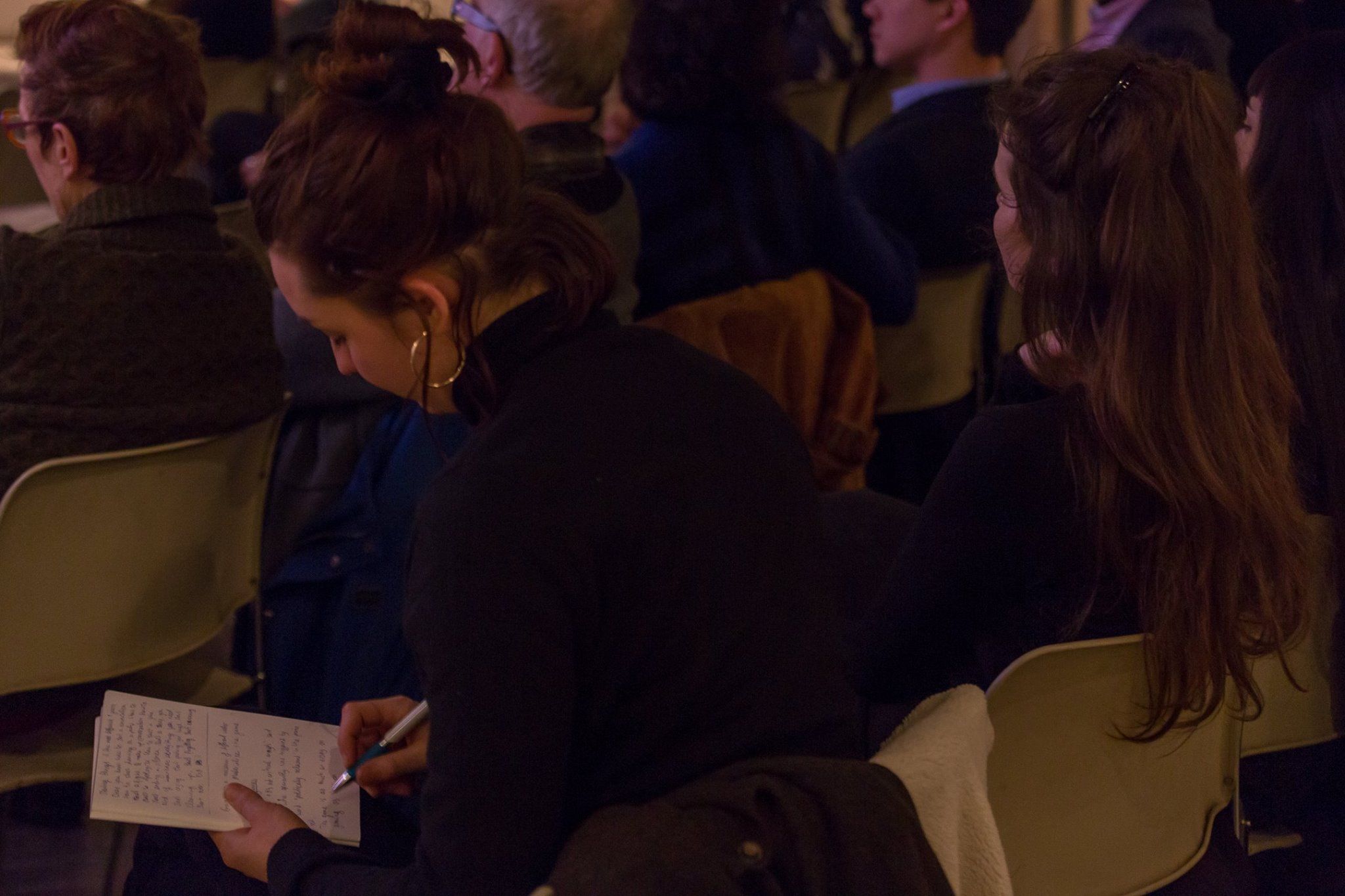
4. Is it important to place digital art within the art historical tradition and canon of art movements like minimal art, dada, fluxus and conceptual art?
SH: Yes, it is, since it digital art is part of this tradition, so it’s often needed to know a bit of this history to understand the work. All too often media art and digital art are not placed in this tradition, due to the important role that technique plays in these works. This always seemed strange to me, since art is always dependent on or making use of the technologies of that time. Next to that, many digital artists use explicit reference to art history in their work, but even more loosely elaborate on this cultural heritage – especially the thematic and concept. Institutional critique for instance, now mainly manifest itself on the border of the practice of the artist, the institute and the internet.
JL: For me personally, yes. And as a curator I think this is a good way to enter a discussion. Out of experience digital media are misunderstood often in terms of media machines. A lot of new media theory roots in classic ideas of evolving media, and the computer being an extension of them. First I would say this is a highly inadequate definition. The networked computer simulated media, but is a completely different entity all together. To approach work made with computers in terms of methods give you a very refreshing point of entry. There will be friction, but also a way to look at the work differently.
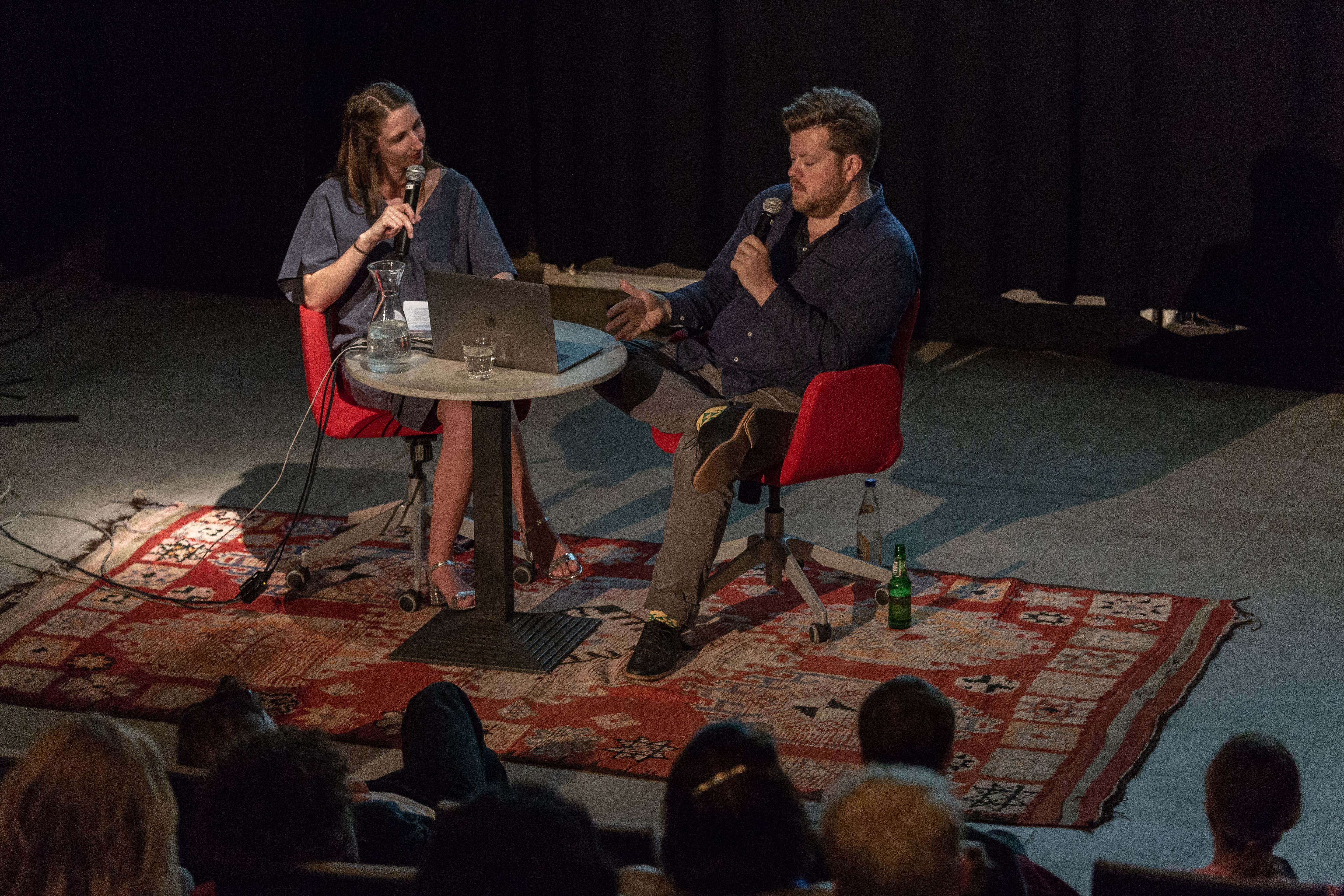
5. Finally, how do you reflect upon the position of LI-MA within the art world and placing digital art and artists within the art historical tradition and discussing material implications of artworks?
SH: LI-MA is the place for a series like Cultural Matter. LI-MA deals all the time with Cultural Matter, because of its extensive archive and collection of media art and as much because of its position in the field. LI-MA combines the presentation and preservation of digital art in many ways, and constantly tries to find new means and methods to do so. This open, practical and research based approach is what defines LI-MA. We are happy to add to that with our programme.
JRL: The downside is that LI-MA doesn't have the authority within the art world to be able to have a large effect with the art historical repositioning 'yet'. But on the other hand, LI-MA excels above all others with in house knowledge on the material implications. We hope to gain a following so that we earn trust in handling the art historical discussion. Naturally that is the reason we host so many speakers, to invite them as guests to build this up together.
Header image: Jonas Lund, The Fear of Missing Out, 2013 (installation view)


